The last article I wrote, which featured Michael D’Asaro’s time in San Antonio and the Army, got me thinking about one of the reasons I decided to attend San Jose State to train with him. That reason was the awesome strength of his Women’s foil program. However, when I started at SJSU in 1979, the original group that had set the standard of excellence for which the program had achieved national recognition were still around, but had completed their bachelor’s degrees and been replaced on the school’s team by a new generation of women who were to be my teammates and, in the case of two of them, my housemates.
The documentary film about Michael D’Asaro that I and my co-producer Greg Lynch are working on afforded me the opportunity to interview many of the women who helped establish the San Jose dynasty in foil and gain a much more complete understanding of how it all came about. Since the focus of the film Greg and I are working on is Michael, not all the specifics we learned may prove to be the details that will move his story forward, so I figure it’s not giving away the plot by writing about some of the things we learned. So the story at San Jose has to start with the three fencers who were the cornerstone upon which the San Jose State Spartan’s women’s fencing program was constructed: Gay, Vinnie and Stacey.
Left to right are pictured Gay (then) D’Asaro, Stacey Johnson and Vincent “Vinnie” Bradford, standing on-guard in the 7th Street Salle at San Jose State. The room is still there, but all traces of its fencing glory days have been sanded away from the walls and floors.
I always heard them referred to in that order. Gay, Vinnie, Stacey. Don’t know why, but always. They each had great success as student/athletes both collegiately and on the national stage. All three were Olympians; Gay in ’76 and ’80, Stacey in ’80 and Vinnie in ’84. Stacey and Vinnie each won the individual NIWFA collegiate title twice. Gay won two US National Women’s Foil titles. Vinnie remains the only woman to win both the Women’s Foil and Epee National titles in the same year and captured a total of 4 Epee titles. All three were on Junior World teams, often together.
This undated photo has to be from the first year of Vinnie and Stacey’s arrival in San Jose, so probably 1974 or 1975. Unfortunately I don’t know the name of the 4th teammate here. L-R: Gay, ???, Vinnie, Stacey.
Vinnie and Stacey both grew up in Texas at a time when young girls were not commonly seen at fencing tournaments. Vinnie described meeting Stacey for the first time when she was 15. Stacey was blonde and petite, Vinnie was 6 feet tall at 15, and Vinnie was entirely prepared to hate Stacey on sight. In their first meeting on the strip, the director didn’t bother to keep time and Vinnie remembers the bout being seemingly endless. This was back when women’s bouts went only to 4 touches, remember. At 3-3, la Belle, Vinnie parried Stacey’s attack and planted her riposte, bell-guard first, into Stacey’s mask. Stacey went down, shook off her mask, took a little time to recover under the ministrations of concerned on-lookers, got back on the strip and proceeded to score the final touch and win the bout. After the match, the two agreed they’d be better off as friends than enemies. Vinnie met Gay while on a Junior World team, and introduced Gay and Stacey to one another at the following Nationals in 1972. That was also when Stacey and Vinnie met Michael D’Asaro, who had been Gay’s coach since she was 14. Michael stood out from amongst the other coaches with his long hair, purple bell bottoms and wild shirts. Stacey and Vinnie began formulating the idea of how great it would be to both team up with Gay and train with Michael. After graduating high school in 1974, the two pooled their resources and cash totaling $700, got in a car and drove to San Jose. Michael helped them get on their feet as they found an apartment and part-time jobs, eventually landing them scholarship money. This, after both had been heavily recruited by East Coast schools, particularly NYU. In fact, the NYAC offered to sponsor them as the nucleus of a women’s foil team, which would have been the first women’s fencing team at the NYAC. Still, the lure of California, Gay as teammate and Michael as coach proved too strong.
A San Jose news clipping from 1975 extolling the accomplishments of the local fencers, winners of both the collegiate and US National team titles. For the Nationals, these three were joined by four-time Olympian and four-time National Champion Harriet King, who trained with Michael when he was the coach at Halberstadt Fencers Club in San Francisco from 1967 to 1973.
Stacey began her fencing under the tutelage of Gerard Poujardieu, a French-trained master who worked with the pentathletes in San Antonio. The product of Catholic schools that enforced right-handedness, Stacey said that one day during a lesson, a frustrated Poujardieu said, “You couldn’t be worse if you used your other hand!” and had her switch her foil to her left hand. That, as they say, was that. A natural lefty, she excelled from that point on. She had already done well in equestrian events, but fencing proved to be the sport that truly captured her imagination.
Michael and Stacey with the award for one of her two NIWFA Collegiate individual championships.
Gay, a native Californian from Ripon, a farming community in the Central Valley, first learned to fence in the garage of a neighbor who knew enough to teach her the basics. As she improved, he suggested to her parents that she could truly excel if they took her to San Francisco to learn under a fencing master there – Hans Halberstadt. They made an appointment for a saturday and drove the hour and a half into the city only to find a note on the door of Hans’ club & home that Hans was ill and lessons had been cancelled. Hans passed away just a few days later. At a San Francisco tournament some months later, Gay and her parents met the new coach at Halberstadt, Michael D’Asaro, and he convinced them to begin bringing Gay into the city for lessons, eventually settling into the habit of making the trip twice a week. Gay spent two years studying at the University of California Santa Barbara before Michael landed the job at SJSU. Once that happened, she transferred to San Jose to train and compete alongside Stacey and Vinnie for three years.
Gay with the trophy after winning the 1974 US National Individual Women’s Foil title. Harriet King, next to Gay, took second with a seriously injured fencing hand and in third, Pannonia’s Elvira Orly, giving the Bay Area a sweep of the medals.
Michael was essentially a self-taught fencing master. Like many at that time, he was awarded the title of Fencing Master by the USFCA based on results rather than graduation from a program. His training with Csaba Elthes was the model for his teaching style and his focus on superior technique was definitely in line with that Hungarian approach. However, Michael was a great consumer of new ideas and studied a wide variety of ideas, techniques and methodologies, finding ways to incorporate what were then pretty radical ideas into his training. He encouraged his fencers to work with a San Jose State-based sports psychologist, Tom Tutko, who was one of the first major researchers in the field and writer of numerous books on the subject. Gay, Vinnie and Stacey, along with another teammate they recruited to join them in San Jose, Hope Konecny, worked the Tutko to develop a winning mindset. That work, along with the types of books Michael would recommend, like Musashi’s Book of Five Rings and Herrigel’s Zen and the Art of Archery, added to the mental aspects of training Michael mixed with the physically challenging training regimen he put them through. As Vinnie put it, they were physically strong, well trained, young, confident and somewhat brash. They intimidated a lot of opponents.
Hope Konecny and Iza Farkas were two East Coast fencers that made the trek to San Jose to train with Michael alongside Gay, Vinnie and Stacey.
Vinnie Bradford: “I think I’m most proud of the things that we did at San Jose State. We were the first women’s collegiate team to win a national championships. We were the first women’s team to win four national collegiate championships in a row. And I don’t think anyone’s done that. We also took the individual title four years in a row. I’m not sure any other college has done that.”
Michael was very protective of the women in his program. They got a lot of attention when they went to competitions and he did his best to mitigate that. But winning begets winning and the program continued to build.
Hope Konecny and Stacey Johnson in the salle at San Jose State.
Stacy Johnson: “Michael, with his force of personality, was able to ‘hold the space’. And within that space, allow great creativity and personal evolution for all these others. You have to have a capacity for leadership to do that. He had the ability to hold that space for all of us.”
None of this likely happens without the benefit of the implementation of Title IX, which, thank you wikipedia, is defined thusly: Title IX of the Education Amendments Act of 1972 is a federal law that states: “No person in the United States shall, on the basis of sex, be excluded from participation in, be denied the benefits of, or be subjected to discrimination under any education program or activity receiving Federal financial assistance.” Colleges and Universities all over the country had to make sure that women had access to the same athletic opportunities as men. That doesn’t mean they needed to field a women’s football team, but they did have to provide opportunities in women’s athletics that in some fashion mirrored the offerings for the men. Smaller sports like fencing were the beneficiaries of this and for years Michael’s Spartan fencing program brought a great deal of hardware and awards to show off at the Athletic Department’s annual awards presentation.
Michael and Gay preparing for a lesson while Honey, Gay’s dog, sits under the table and seems to say, “Well, just another day at the office.”. Honey was just the nicest dog, knew everybody that came through the salle and had tremendous patience for the crazy game her humans played.
When I arrived at San Jose, Gay, Vinnie, Stacey and Hope had all completed their eligibility and handed off the reins of the women’s team to Joy Ellingson, Diane Knoblach, Laurel Clark and others. They continued to train in San Jose until the 1980 Olympic team selection was through. After those not-games for American athletes, Gay retired from competition, as did Stacey, who went back to Texas and continued her education, pursuing advanced degrees. Vinnie also moved back home, training for several years with the pentathletes in San Antonio. Hope became an artist, returning to her East Coast roots. But for a brief few months, I was able to watch, learn and fence a little with this powerful group of athletes. They certainly set a standard of excellence all of us attempted to emulate.
Hope, Vinnie, Michael, Stacey and Sharon Roper with the last of the Vinnie/Stacey-anchored group’s team trophy in 1978.
There were not many programs like this. Were there any? For this brief period of time, it may well have been unique. It attracted top level recruits and produced phenomenal results under the tutelage of a non-conformist coach who had a unique vision and was able to instill his passion for this sport in a highly diverse group of dedicated fencers. I say dedicated because if you weren’t you didn’t stay. The program demanded most of your attention. I’ll let Stacey Johnson have the last words on the matter:
Michael elevated everything. He elevated the game. He elevated the consciousness. He elevated the art. He elevated our thinking about the art through study. He was incredibly supportive of education and knowing, too, that I do not believe that any champion can be not smart. Fencing requires you to have some smarts. And so the bedrock of that is education. So he supported both our educational journey and added to it. The things that he had read and studied and participated in. It was all part of a learning experience.


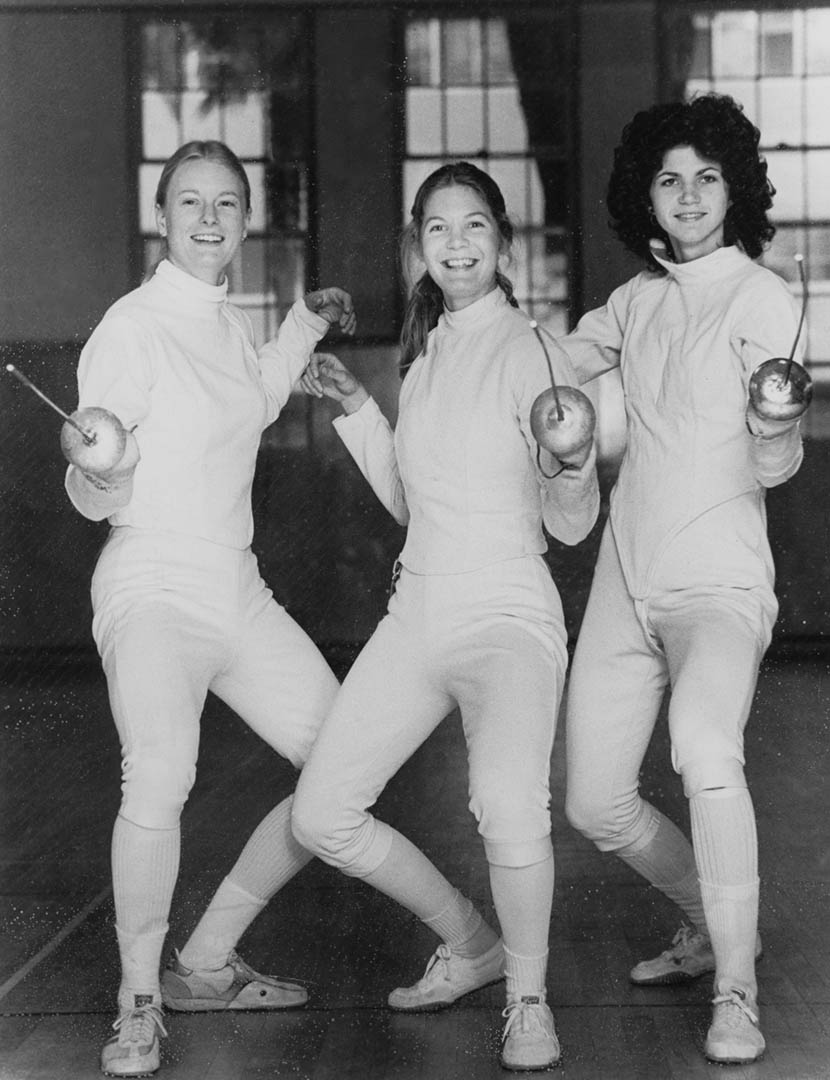
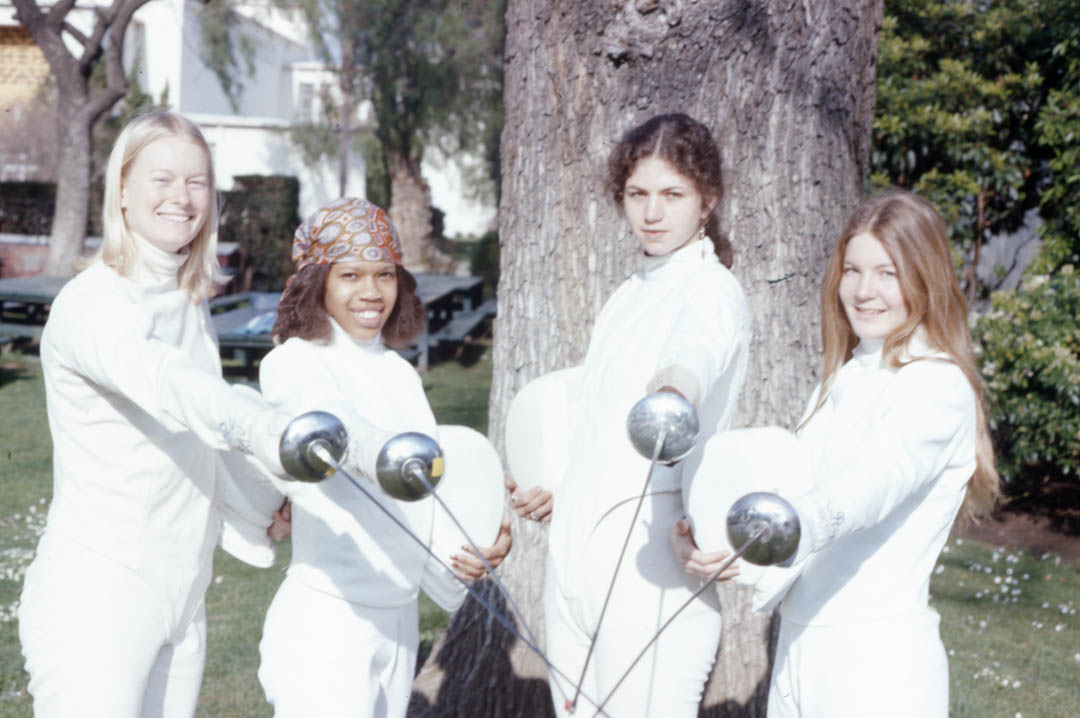
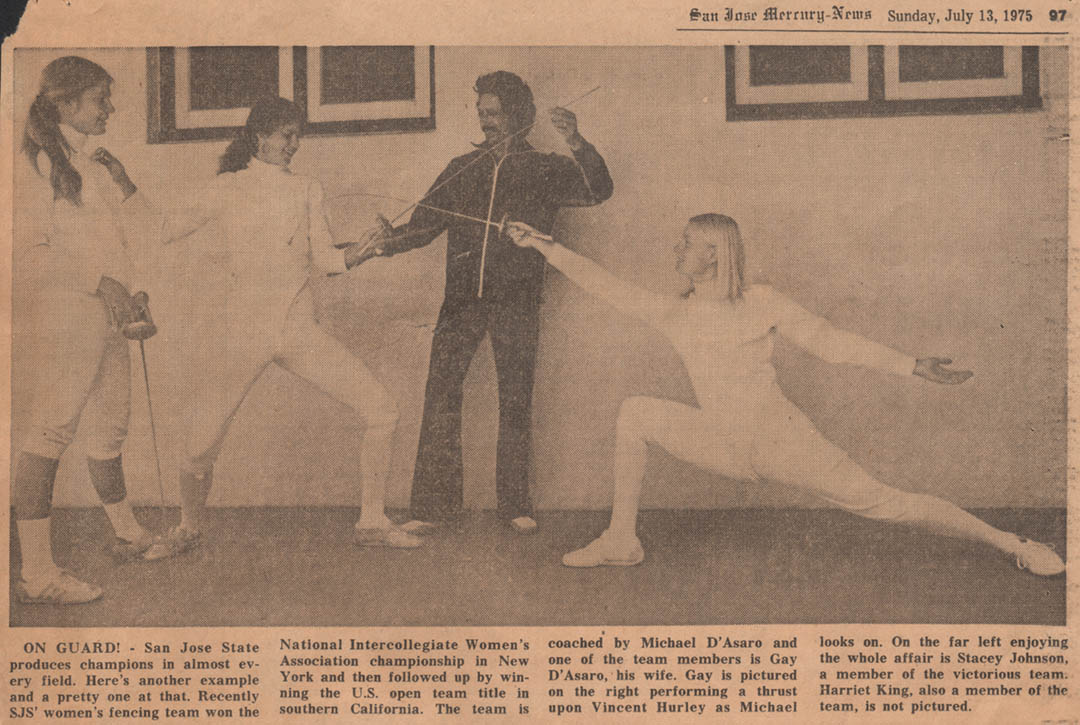
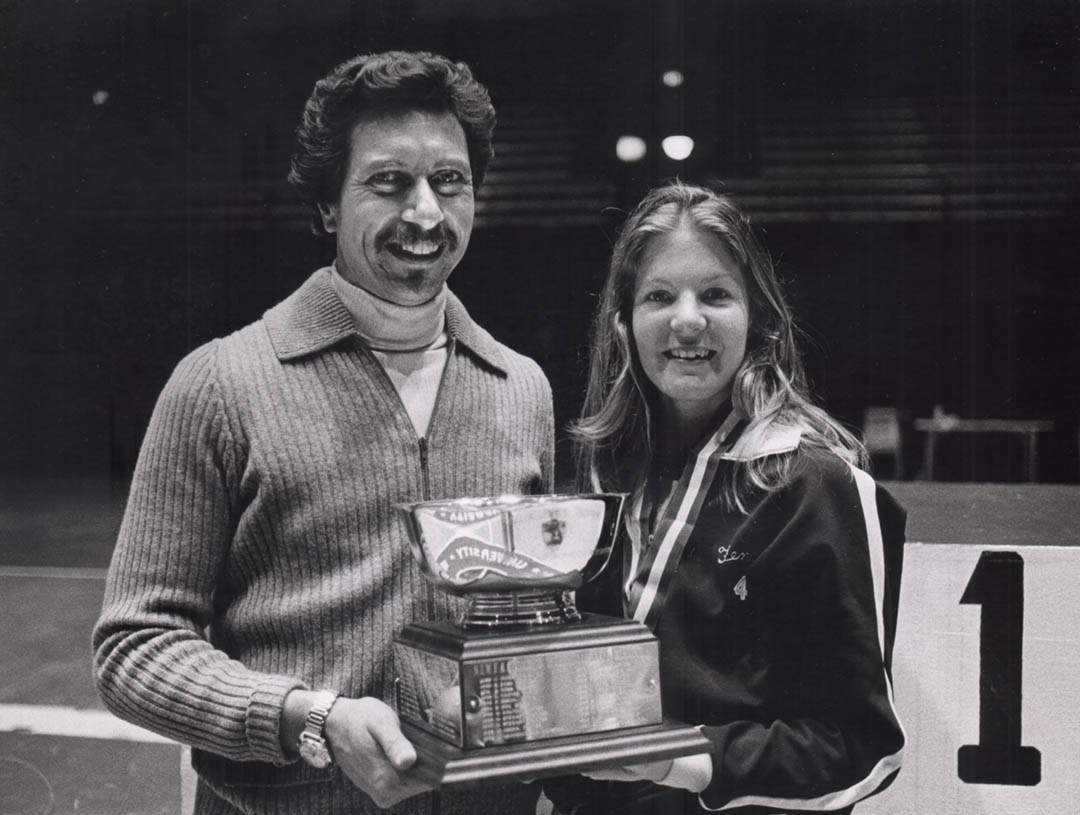
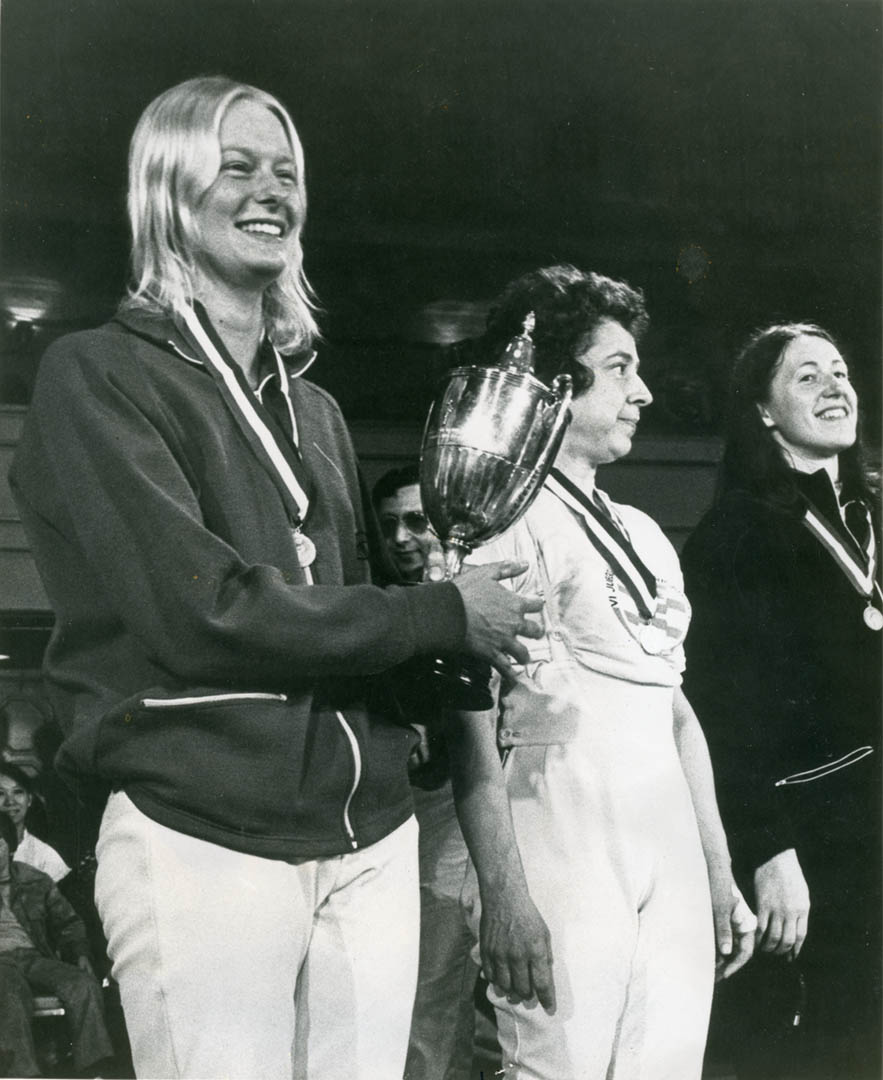
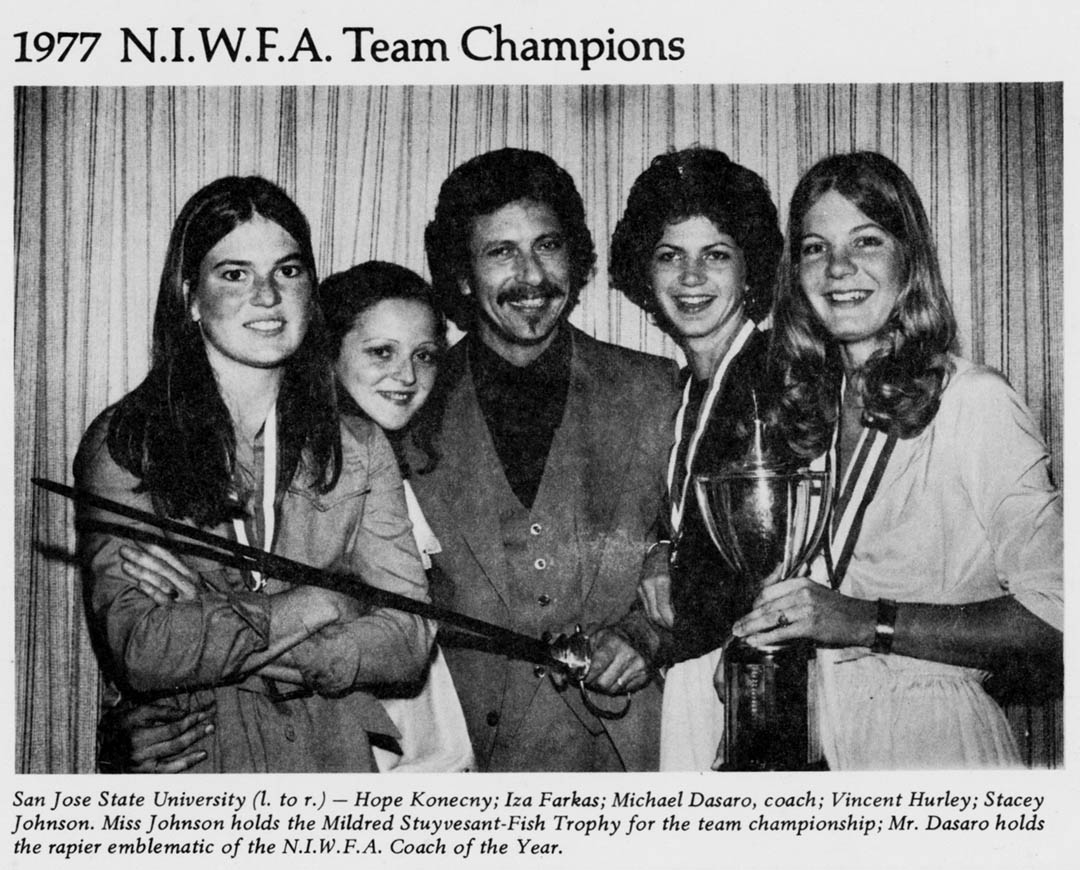
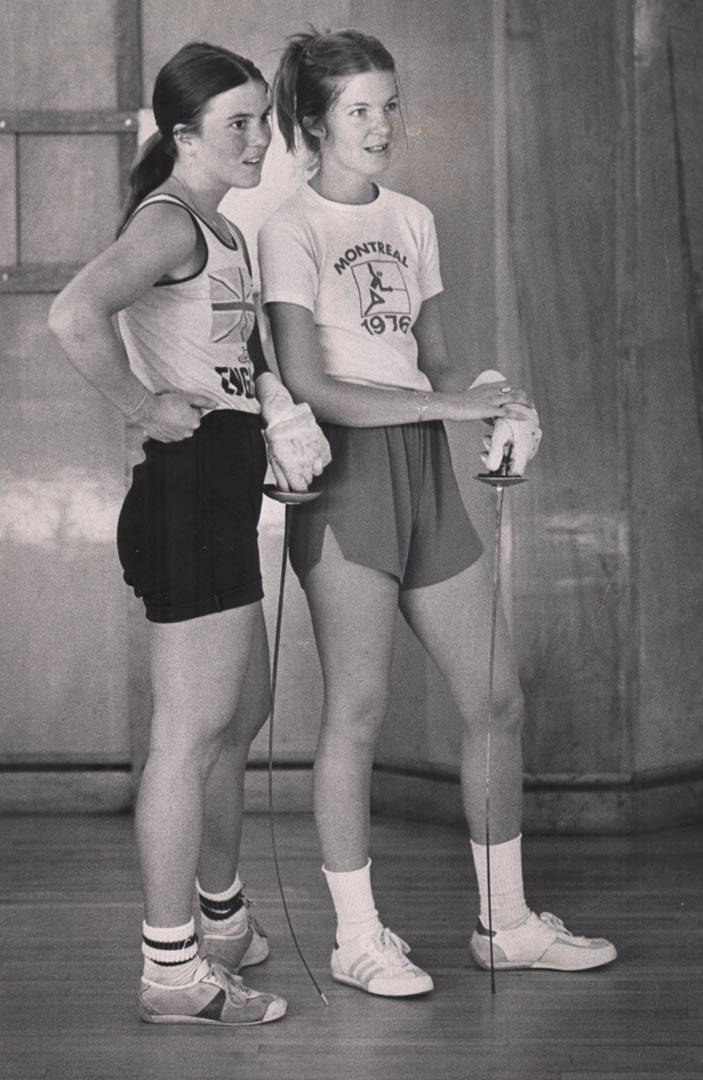
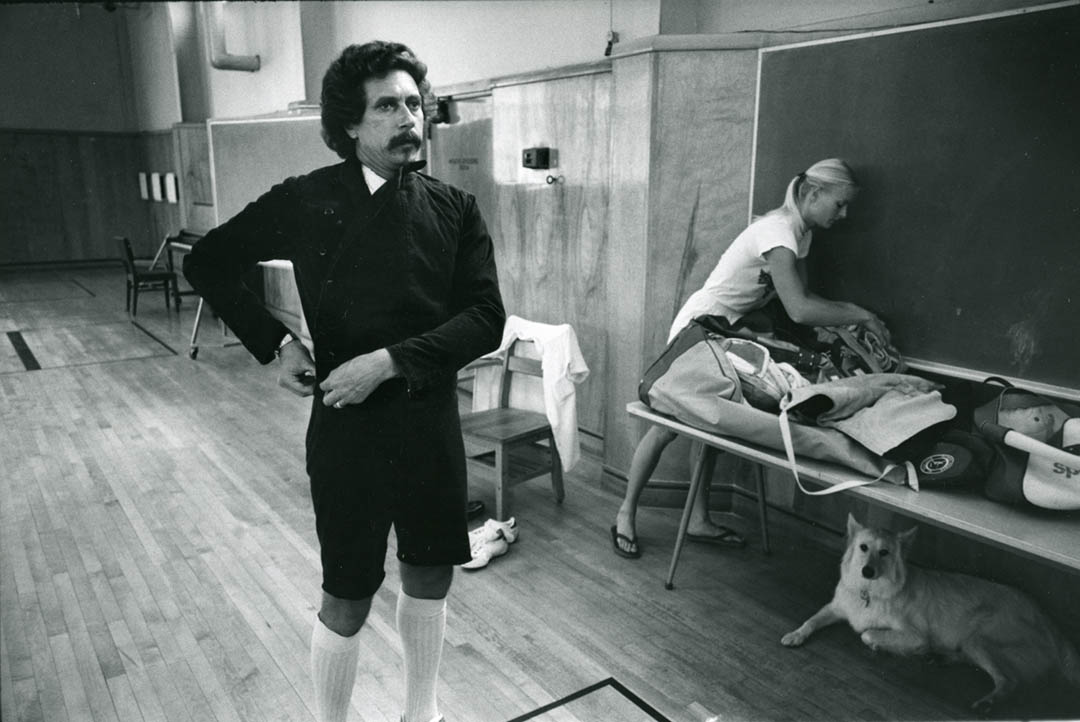
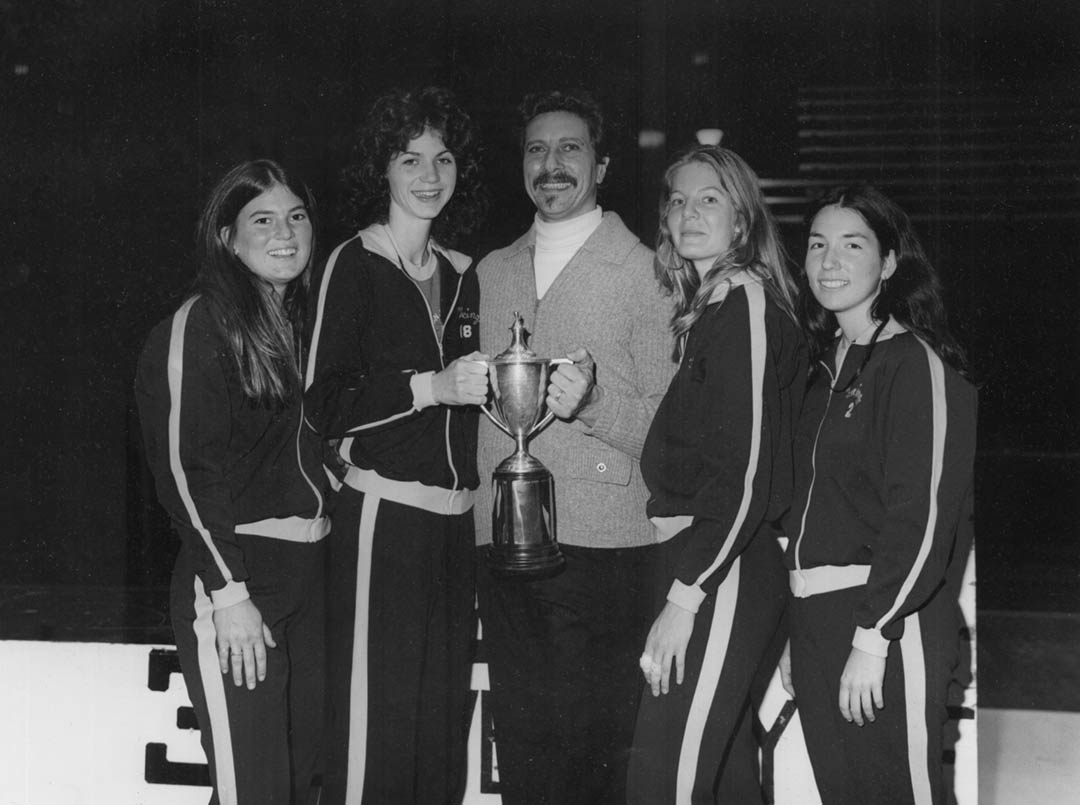
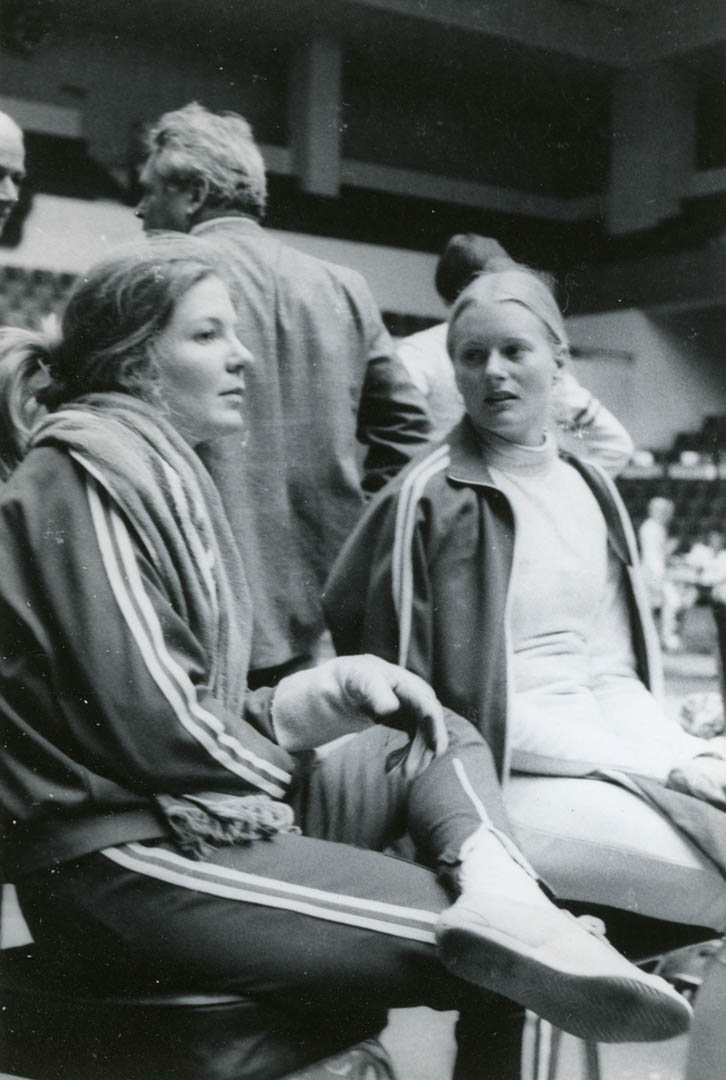
Beautiful brother…SPARTANS FOR LIFE….
Legends. Great pix!
Made one small correction thanks to a note from Vinnie. Let’s see if anyone notices.
My name is Ione Robinson Green, and I was the fourth member of the SJS teams first National title. It was thrilling to fence with this amazing team. I took my first fencing class at SJS due to curiosity. I was an athlete, but this was a new challenge for a sport I knew nothing about. After my first year, I heard about Michael coming to SJS and must take his class. I entered a whole new competitive world. Now I had Micheal and along with him, Gay, Vinnie and Stacy. They all had a part in my fast track to the be on the team. I was in the right place at the right time! As I look back, it all seems surreal. Next thing I new I was going to NY to a national competition, and we won! I cherish those days with these super cool champions, and beautiful people.
I hope you enjoyed the documentary about Michael D’Asaro.
I had the absolute privilege to train for foil and sabre’ at SJS under Michaels expert tutelage in that same era.
We would run ( not jog) to the Football field, “run the stairs” for 45 minutes, RUN back to the salle, and then START our footwork.
Every guy training there would bout with the gals for “fun” and then walk away defeated and humbled.
What a thrill to see all the familiar faces and hear about that era all over again.
GREAT JOB !!